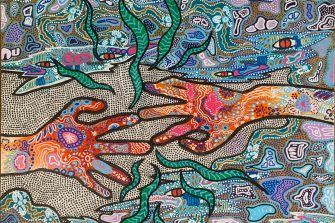History
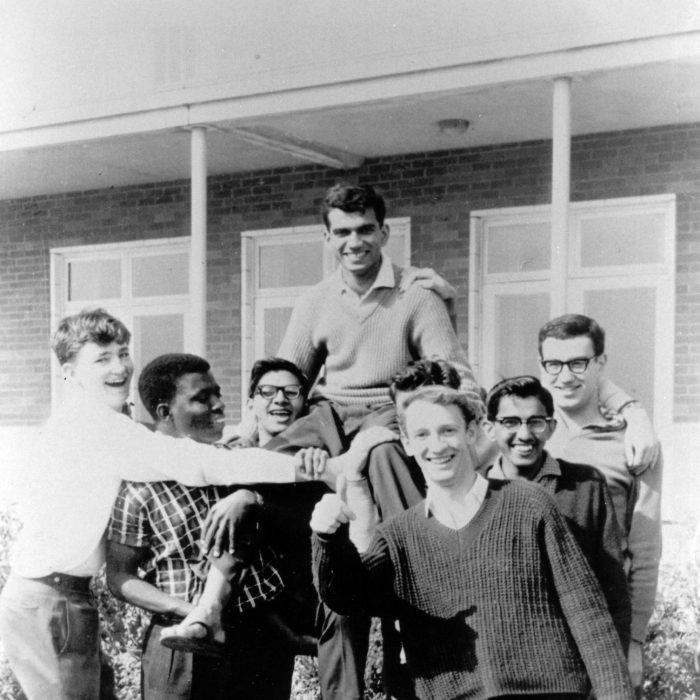
UNSW through the decades
Our history tells the story of a University forged by a commitment to discovery, creativity and challenging the status quo. We chronicle milestones from UNSW’s earliest foundations in 1949, and celebrate trailblazers such as our first international student in 1950, our first female graduate in 1952, and Australia’s first Indigenous law graduate in 1976 — to name just a few.
Our University has since been shaped by the addition of new schools, centres and institutes, by changes to the physical campus and strategic planning processes. Today UNSW is building a legacy of transformative and positive impact.
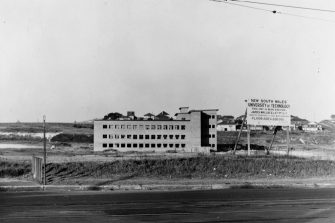
1949
The University was incorporated by an Act of the Parliament of New South Wales in Sydney in 1949, but its character and idea can be traced back to the formation of the Sydney Mechanics Institute in 1843, leading to the formation of the Sydney Technical College in 1878.
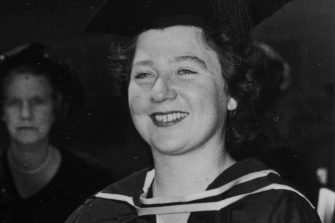
1950s
From the first graduation ceremony in 1952 and the first female graduate, to international and regional students, UNSW continues to expand its reach.
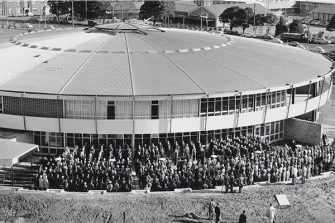
1960s
In 1958, the university’s name was changed to the University of New South Wales, and in 1960 it broadened its scholarly, student base and character with the establishment of the Arts and Medical faculties and the opening of The Roundhouse in 1961.
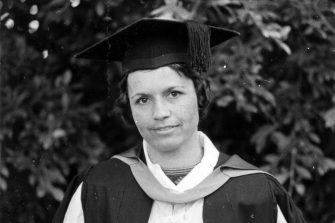
1970s
In 1971, UNSW Law opened, the inaugural Alumni Awards took place in 1972 and Professor Chris Fell and UNSW researchers developed a membrane filter to treat wastewater in 1977.
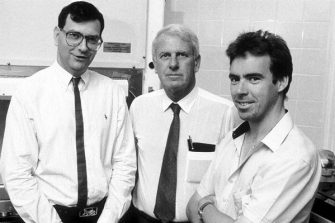
1980s
Key buildings were completed including the Swimming Pool and the Australian Graduate School of Management (AGSM). HIV/AIDS research at UNSW led to the establishment of the Kirby Institute, which still leads the way in ground-breaking health discoveries.
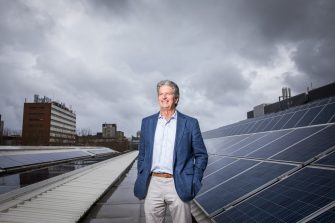
1990s
The 1990s saw the advancement of solar research, the addition of Fine Arts and further development of public and community outreach programs which characterised the university from its beginnings.
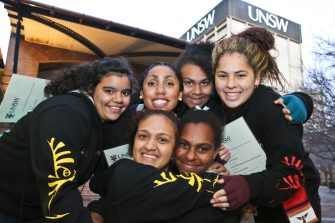
2000s
The 2000s heralded expansion and growth. In 2004 the Nura Gili Programs Unit was established for Indigenous students. UNSW Asia was announced in 2004 and in 2005 the Graduate Research School was opened to name just a few momentous events.
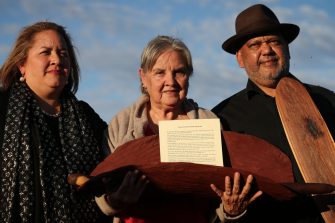
2010s
In 2007, Professor Megan Davis (First Pro-Vice Chancellor-Indigenous) is appointed Director of the UNSW Indigenous Centre. A new environment policy was approved in 2012 and in 2016, Professor Helen Lochhead becomes the first female Dean of UNSW’s Built Environment faculty.
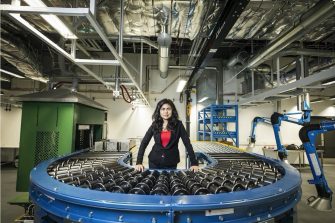
Present
We are one of the leading research and teaching-intensive universities in the world, known for innovative, pioneering research and high-quality education with a global impact. Our 2025 Strategy provides the framework for UNSW to advance our contribution to serve our society now and into the future.
Visit the UNSW Archives
UNSW Archives is our collective memory, providing evidence of our past, key actions and decisions and a lens through which we view our cultural heritage.
More information and resources, including a number of online exhibitions featuring early campus, pioneering graduates, and university leaders can be found at UNSW Records & Archives.

